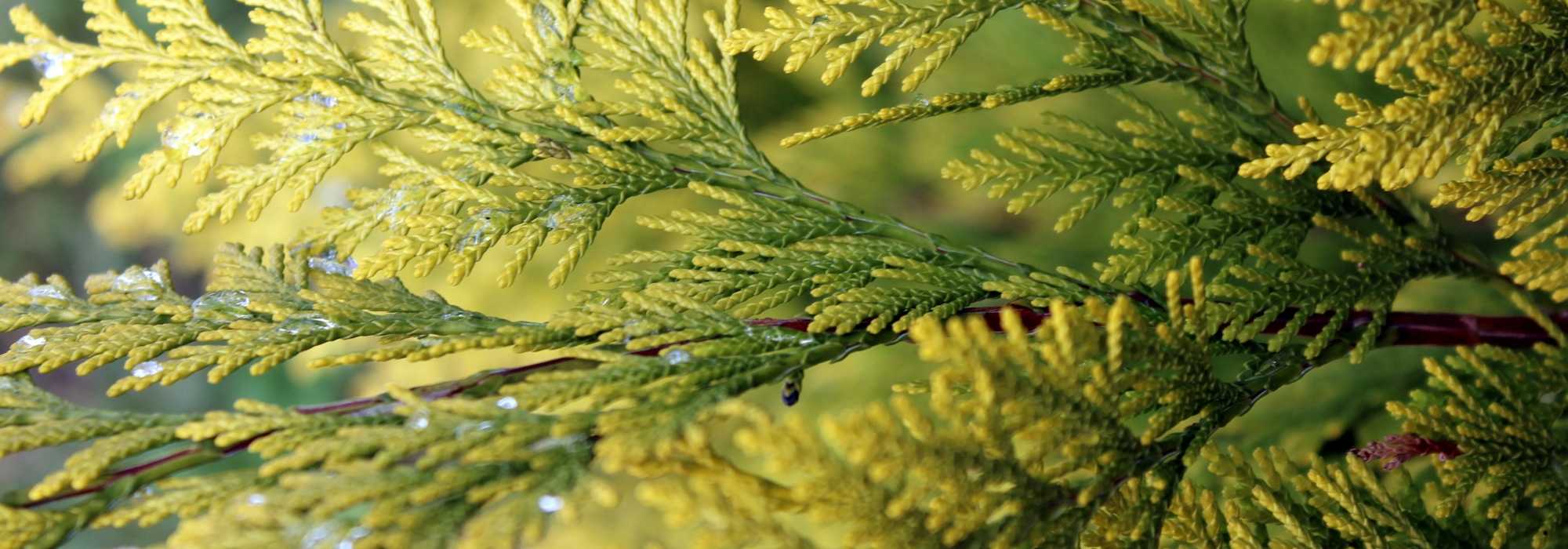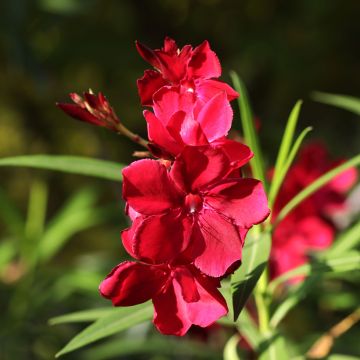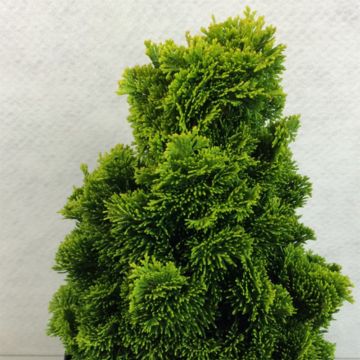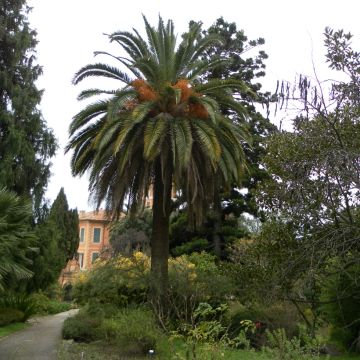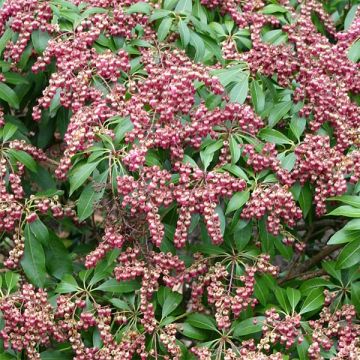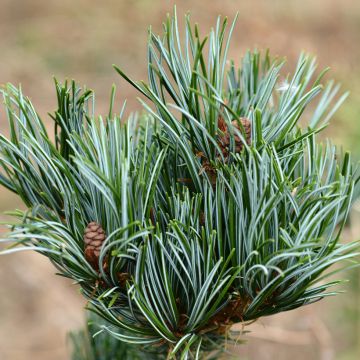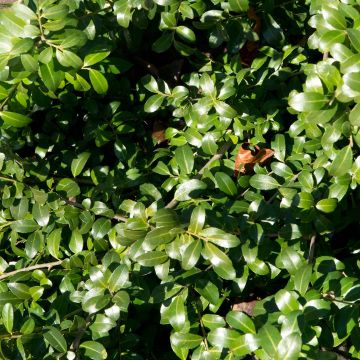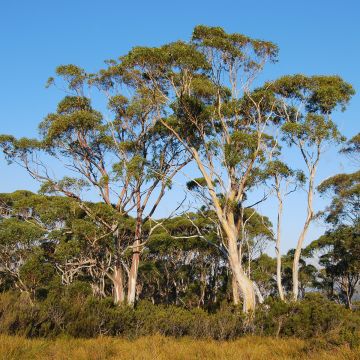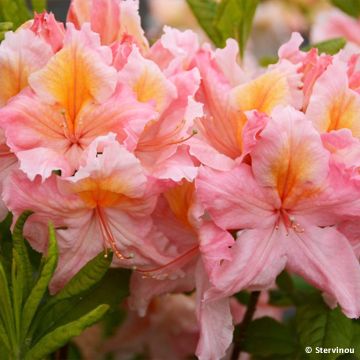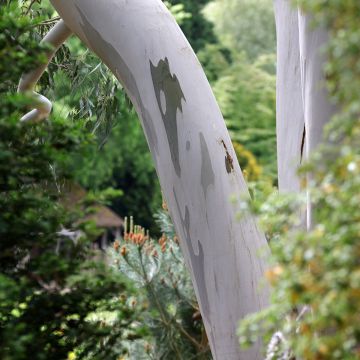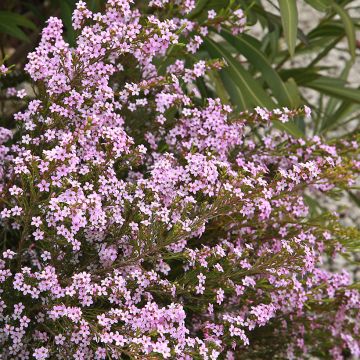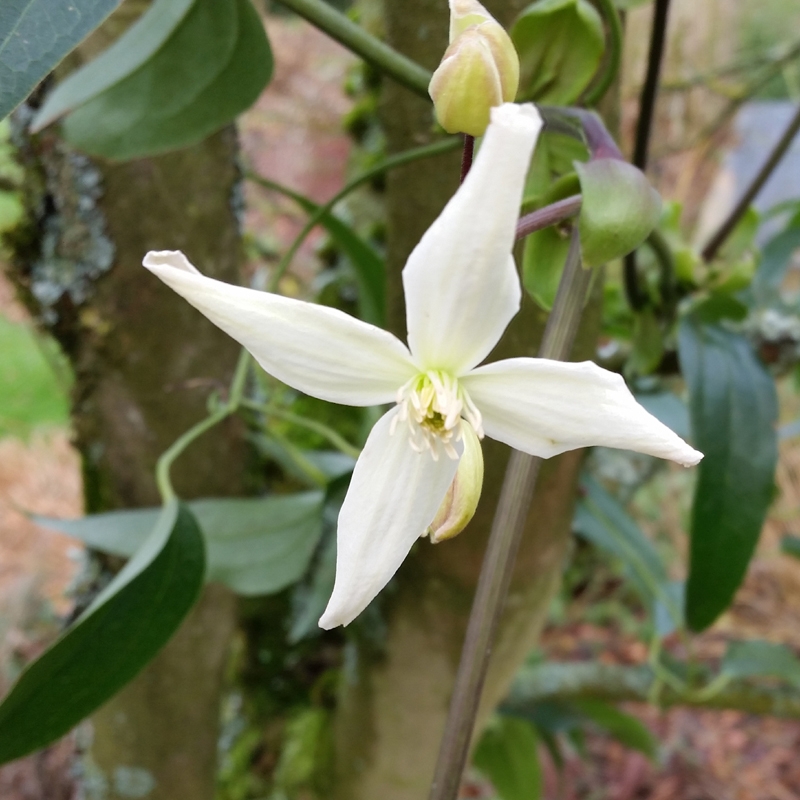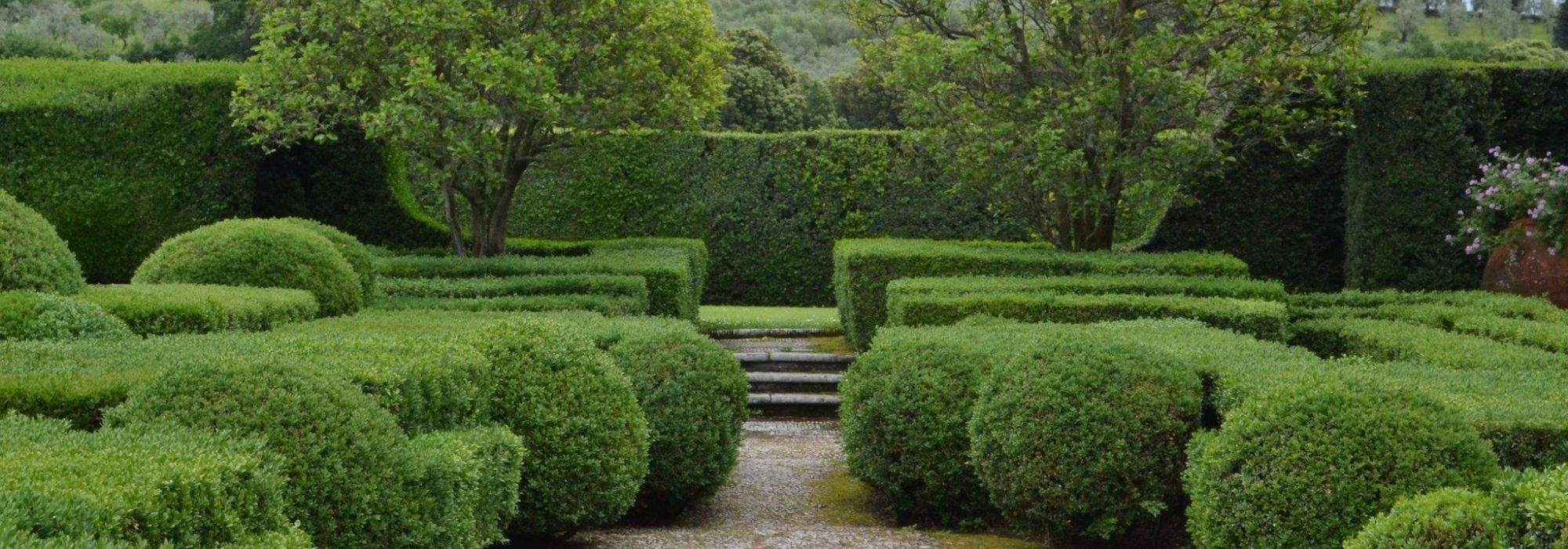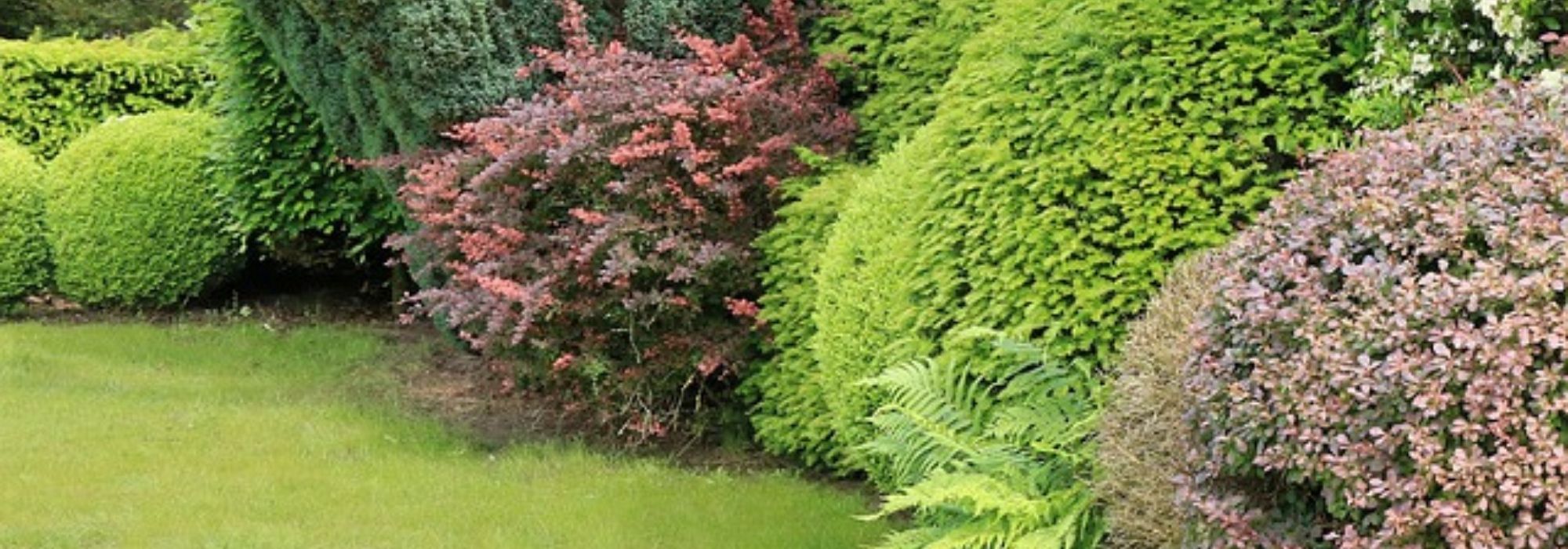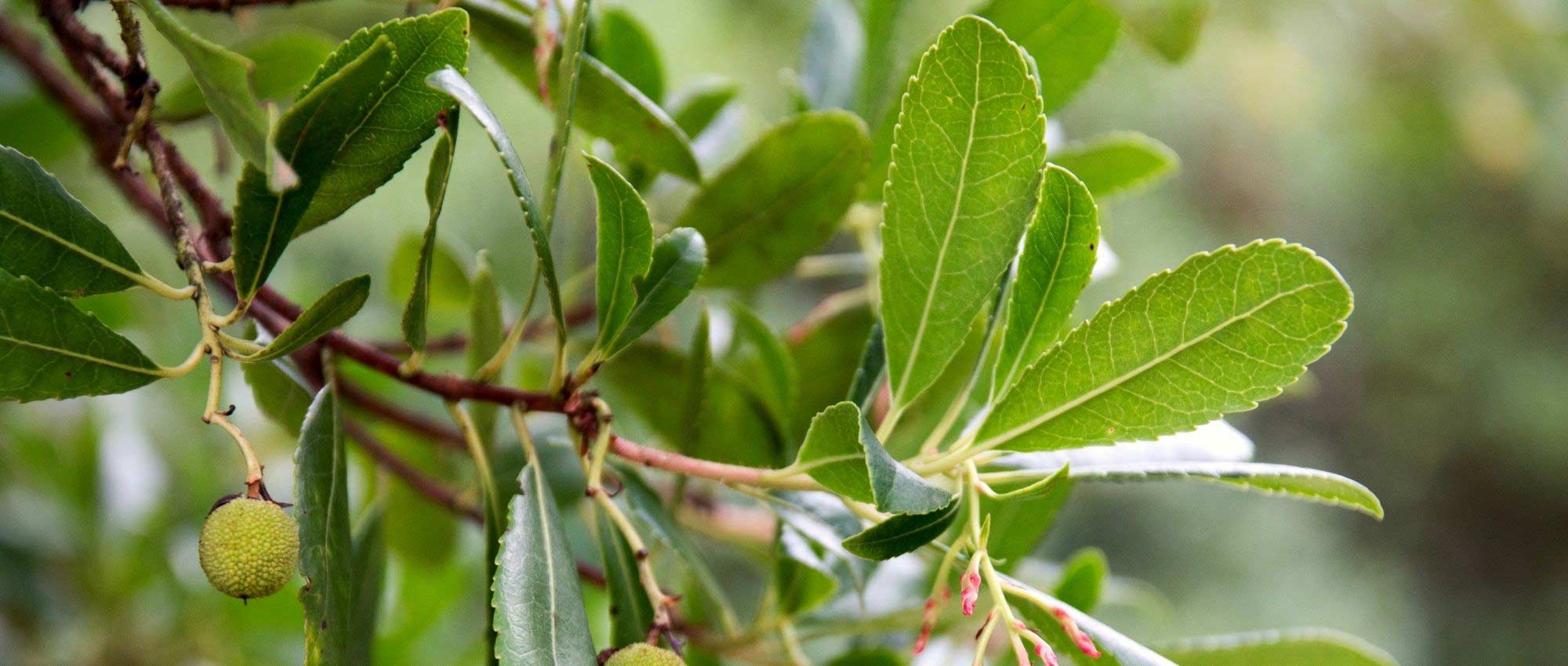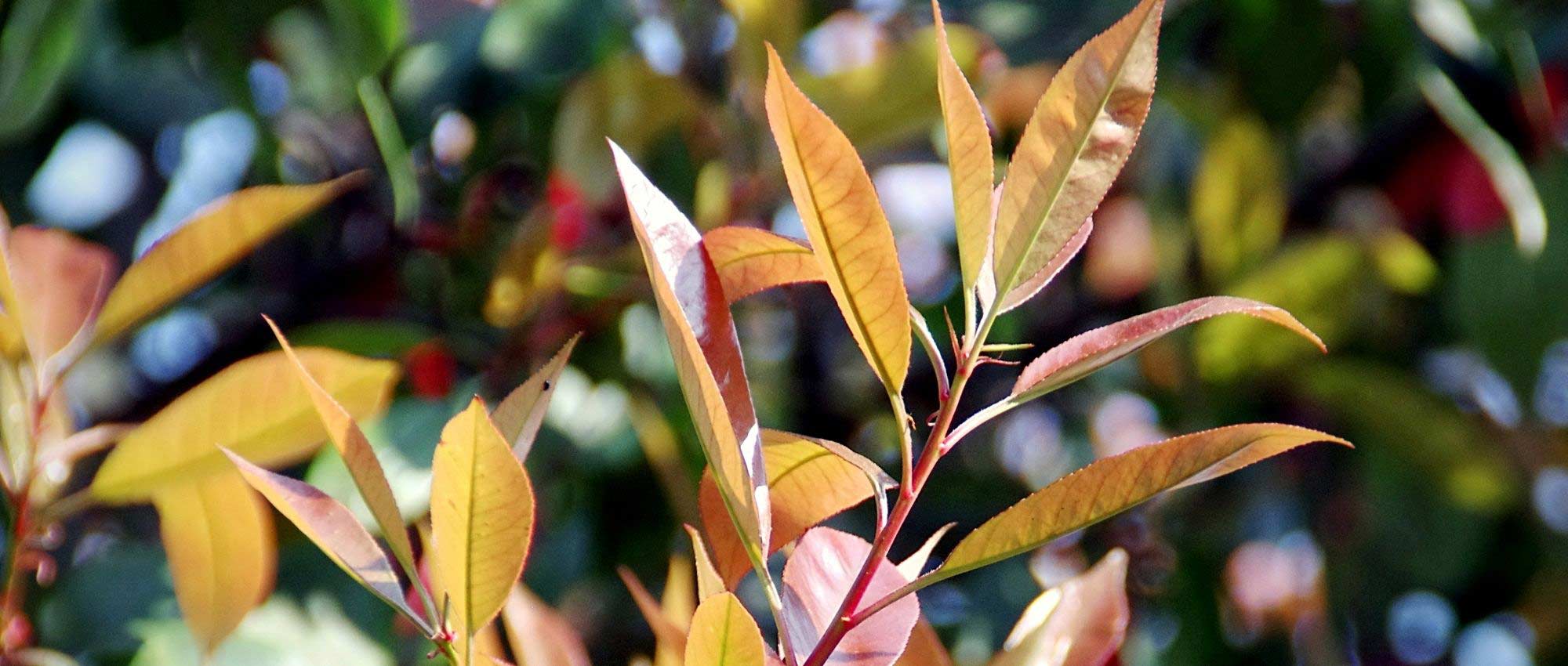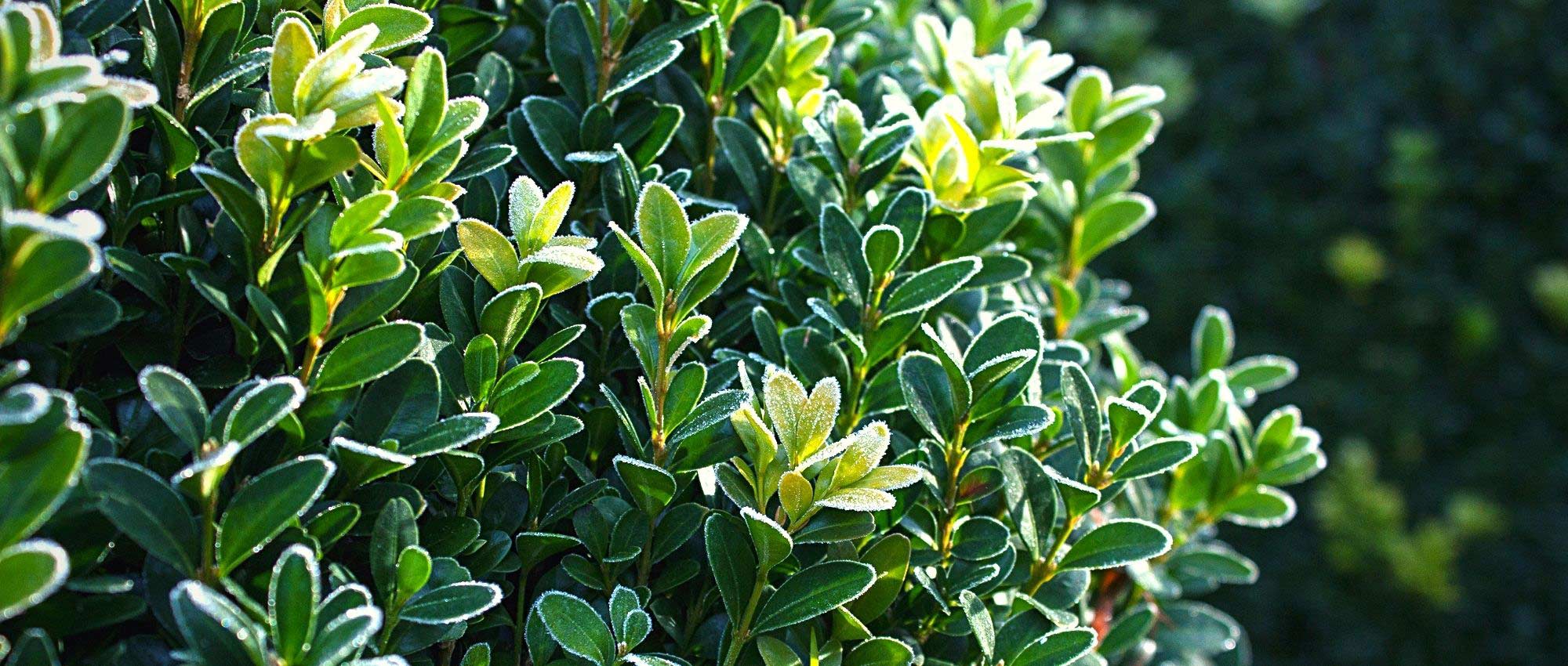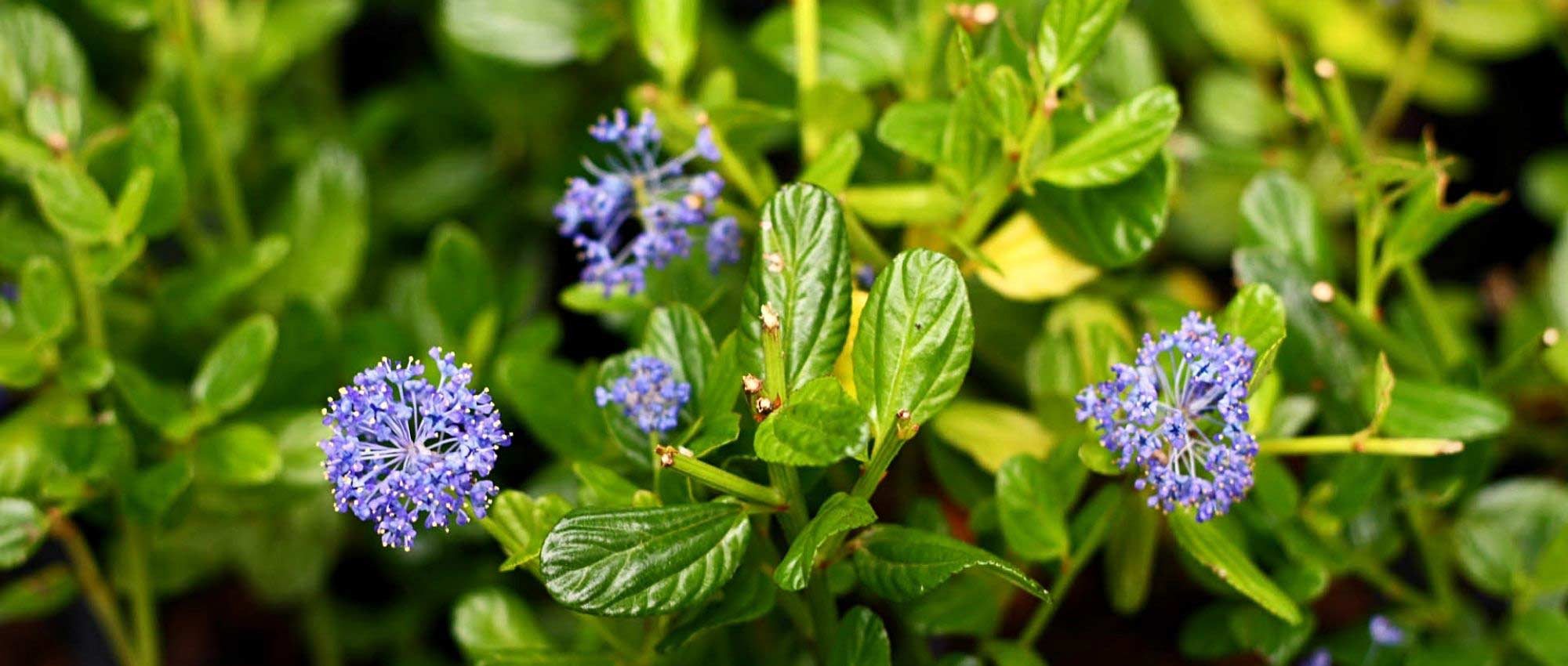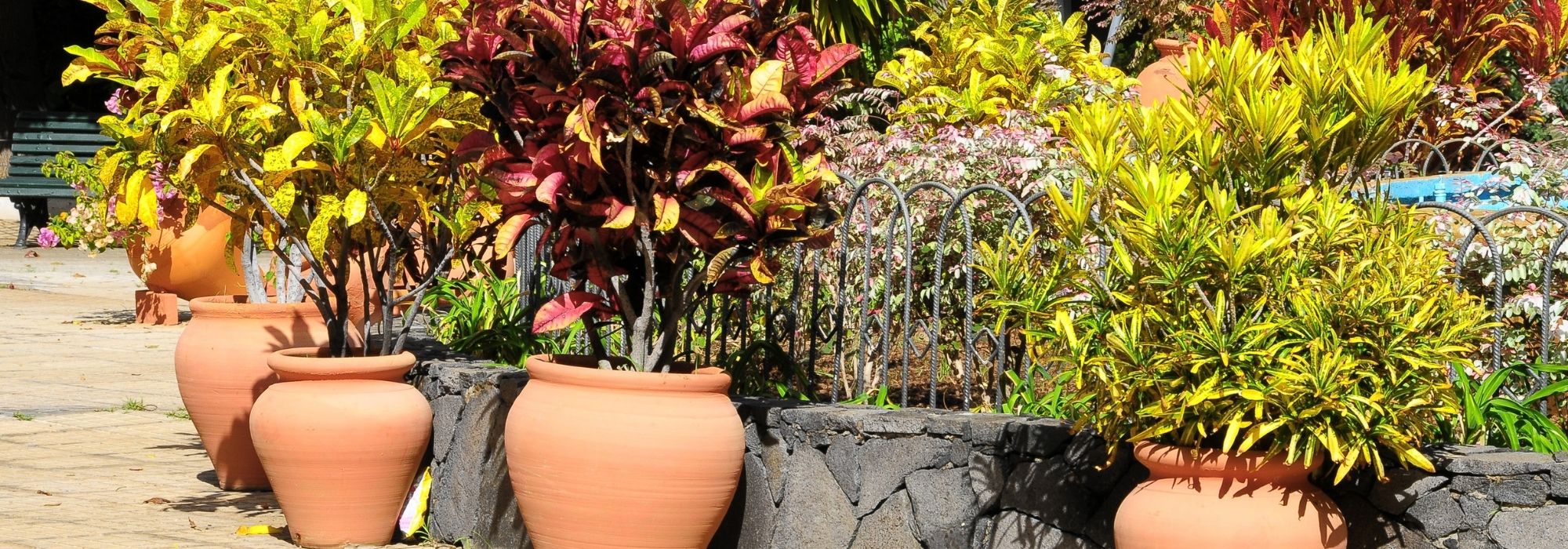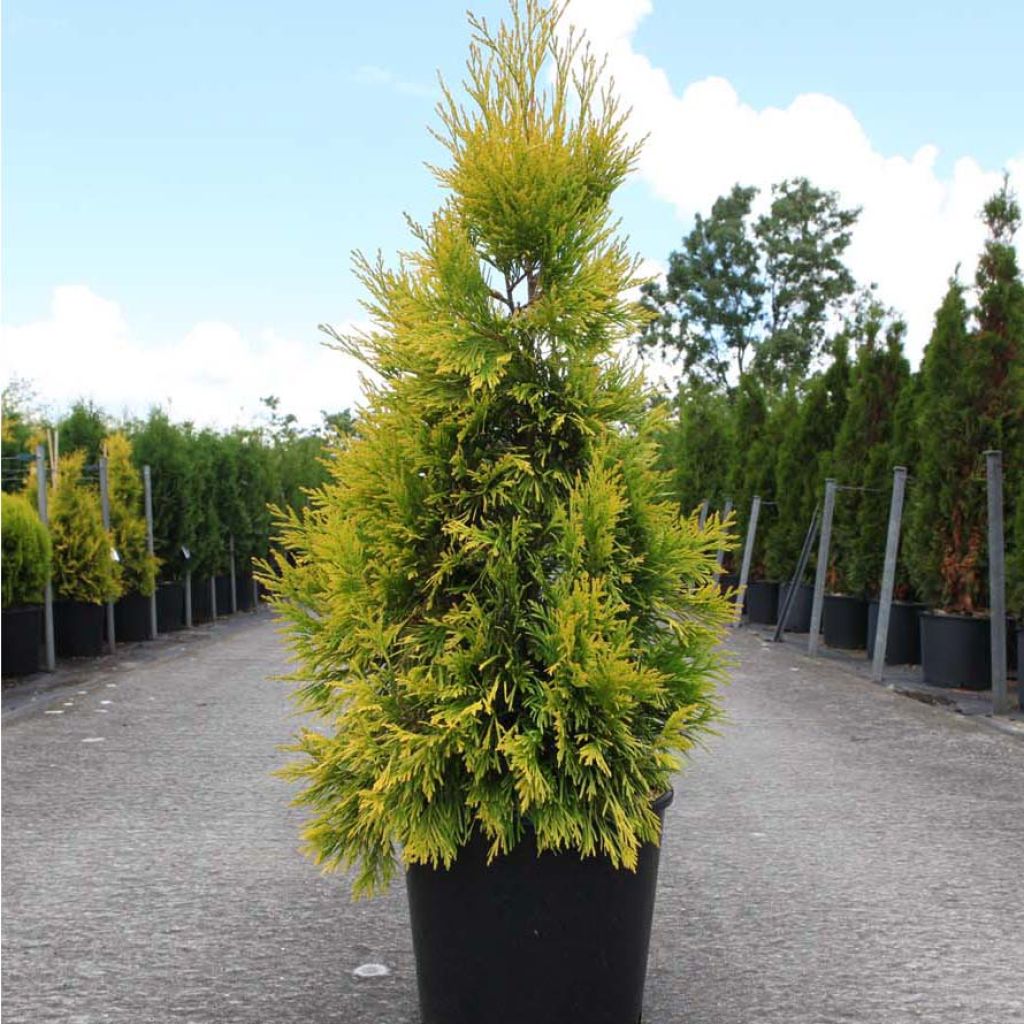

Thuja plicata Goldy - Western Red Cedar
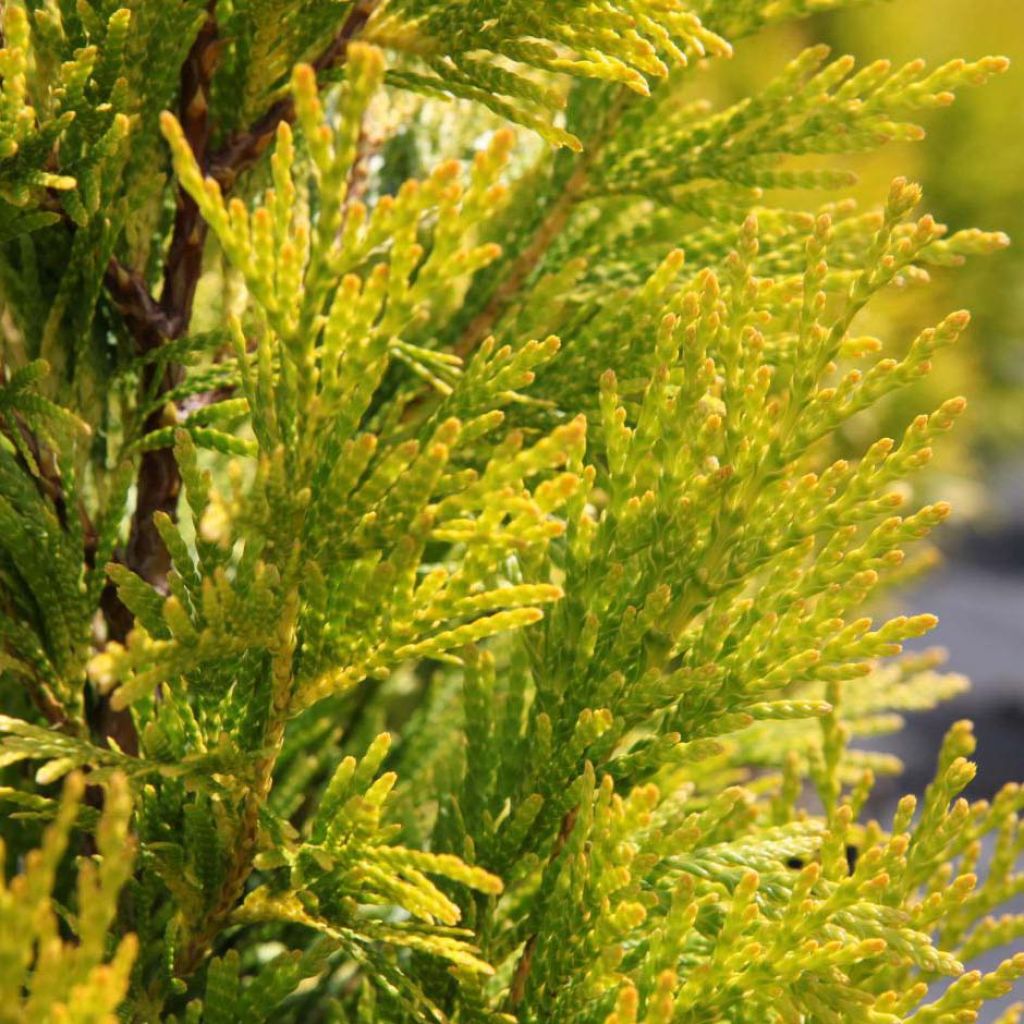

Thuja plicata Goldy - Western Red Cedar
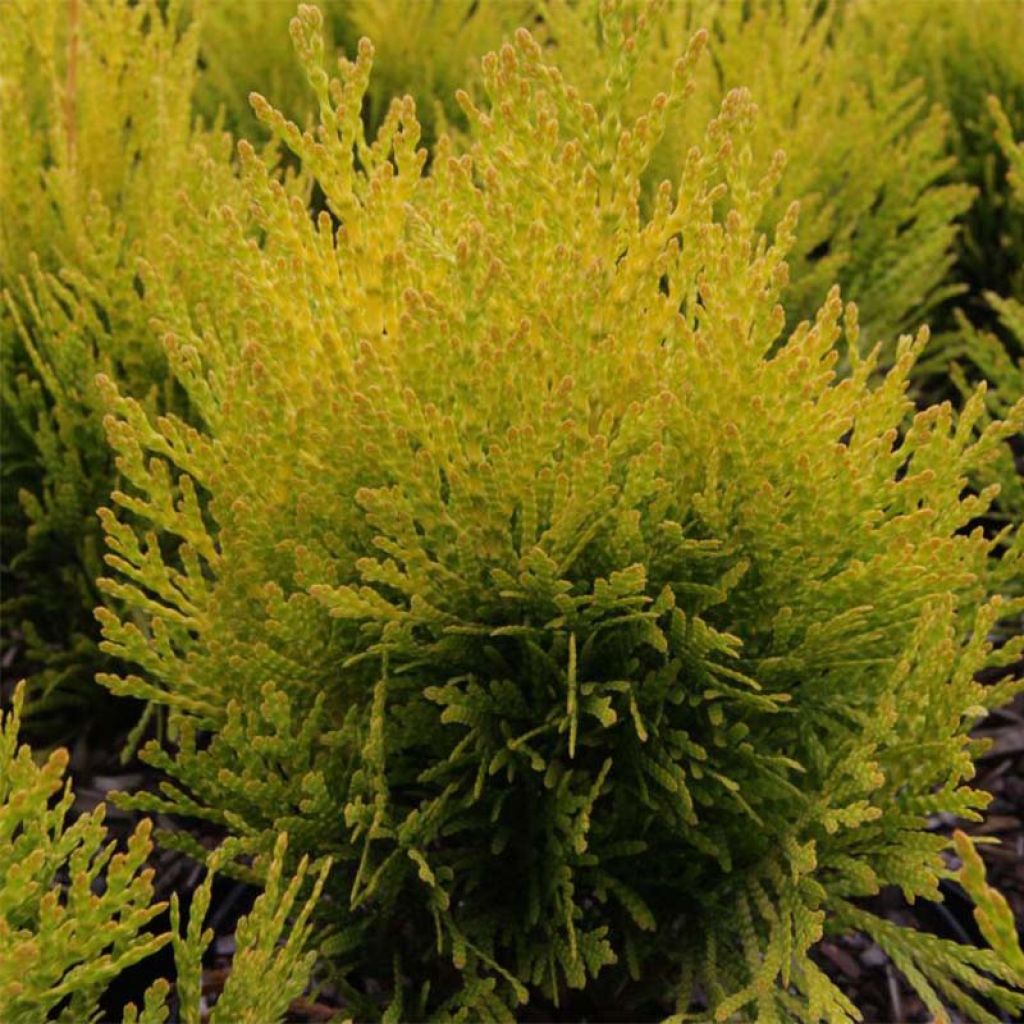

Thuja plicata Goldy - Western Red Cedar
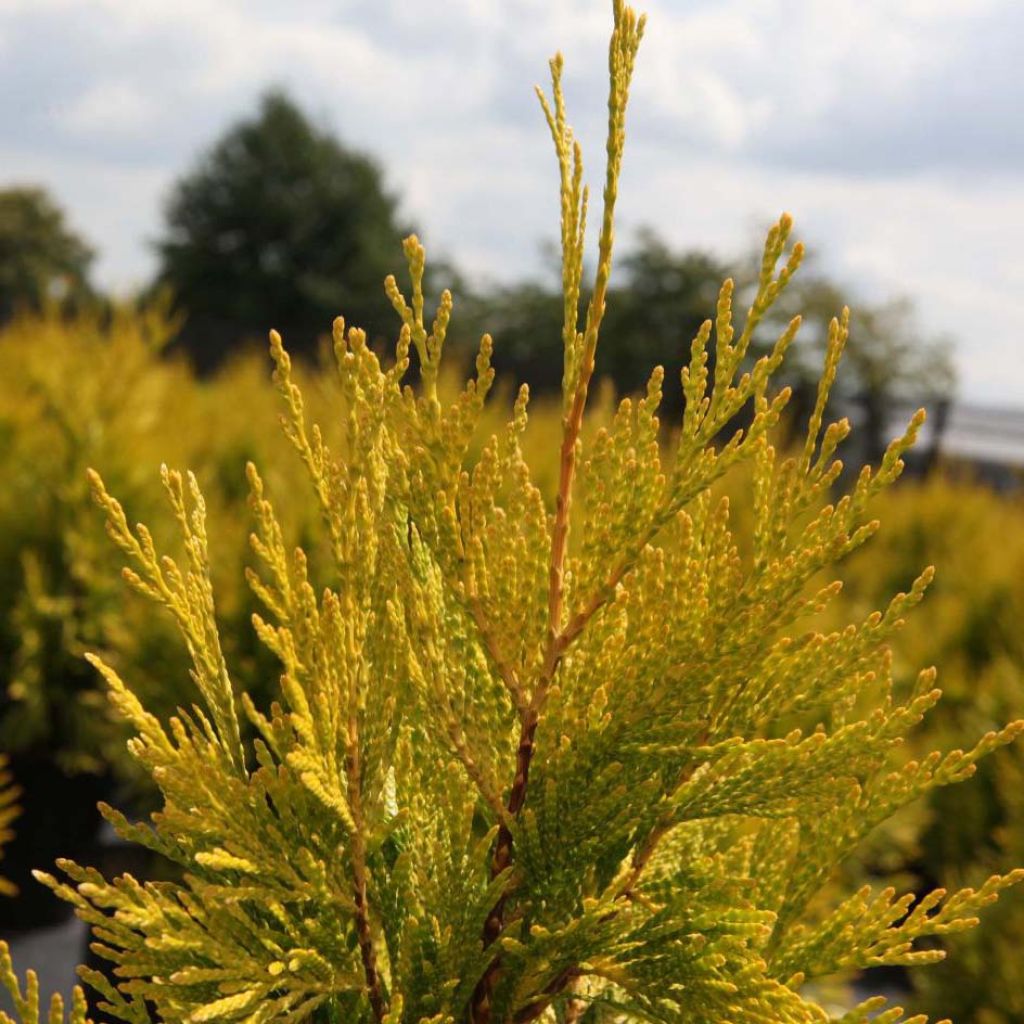

Thuja plicata Goldy - Western Red Cedar
Thuja plicata Goldy - Western Red Cedar
Thuja plicata 4 Ever Goldy®
Western Red Cedar, Pacific Red Cedar, Giant Red Cedar
Container received without soil with just the roots coiled up! A root disaster.
Herve R., 29/04/2023
Special offer!
Receive a €20 voucher for any order over €90 (excluding delivery costs, credit notes, and plastic-free options)!
1- Add your favorite plants to your cart.
2- Once you have reached €90, confirm your order (you can even choose the delivery date!).
3- As soon as your order is shipped, you will receive an email containing your voucher code, valid for 3 months (90 days).
Your voucher is unique and can only be used once, for any order with a minimum value of €20, excluding delivery costs.
Can be combined with other current offers, non-divisible and non-refundable.
Home or relay delivery (depending on size and destination)
Schedule delivery date,
and select date in basket
This plant carries a 24 months recovery warranty
More information
We guarantee the quality of our plants for a full growing cycle, and will replace at our expense any plant that fails to recover under normal climatic and planting conditions.
Does this plant fit my garden?
Set up your Plantfit profile →
Description
Thuja plicata Goldy ('4ever') brings a touch of whimsy to the sometimes austere world of conifers and a lot of light to the garden. This new compact form of the giant California thuja grows in a very regular pyramid shape, taking its time, and is adorned with beautiful foliage that is barely tinged with green in summer and will display a whole range of yellow tones, from pure gold to rose gold over the months. Of medium stature, it is well suited to small gardens, whether planted alone to create a focal point or in a small free-standing screen. It is a disease-resistant variety that does not require pruning and is easy to grow in ordinary soil in a sunny location. It also performs very well in a container on the terrace.
Thuja plicata, the giant thuja or western red cedar, is sometimes called Lobb's thuja. It is an evergreen conifer in the cypress family native to North America, specifically northern California. In its natural environment, this giant reaches a height of 50m (164 ft) and can develop a trunk with a diameter of 3m (9ft 10in) when it reaches the end of its life at around 700 years old. It has long been exploited for its soft and durable wood, known in Europe as "Red cedar". This conifer reigns in the depths of lush forests and descends to the banks of rivers where it colonizes swampy forests. It is a shade-tolerant species, even in dense shade, and it loves humidity.
The Goldy ('4ever') variety, introduced in 2006, stands out for its compact growth and its foliage that is strongly tinged with yellow throughout the year. It reaches a maximum height of 5m (16ft 5in) and a spread of 2.5m (8ft 2in) after many years. This conifer has flexible, erect, flattened branches covered with scale-like leaves. These scales are imbricate, giving the branchlets a flat appearance. The foliage is golden in spring, slightly greener in summer under yellow-golden young shoots, and takes on coppery to orange hues in autumn and winter. This variety is very hardy, tolerates moderate drought once established, can withstand salt spray and air pollution, and is resistant to diseases.
The Goldy ('4ever') thuja, with its ornamental qualities, moderate growth, robustness, and ease of cultivation, should find a place in many gardens. It adapts to everything except dense shade and dry soils. Its luminous silhouette enhances any flower bed and stands out on the terrace in a large container. It can be used without reservation as a solitary plant in a small garden, on a large slope, in a hedge, or near a water feature, as it enjoys coolness. It is an asset in the design of a contemporary garden that draws inspiration more from the aesthetics of shapes, silhouettes, and textures than from the dance of flowers. It pairs well with Mahonias or tousled grasses like Miscanthus, which are very complementary. The key is to play with volumes and colours.
Thuja plicata Goldy - Western Red Cedar in pictures
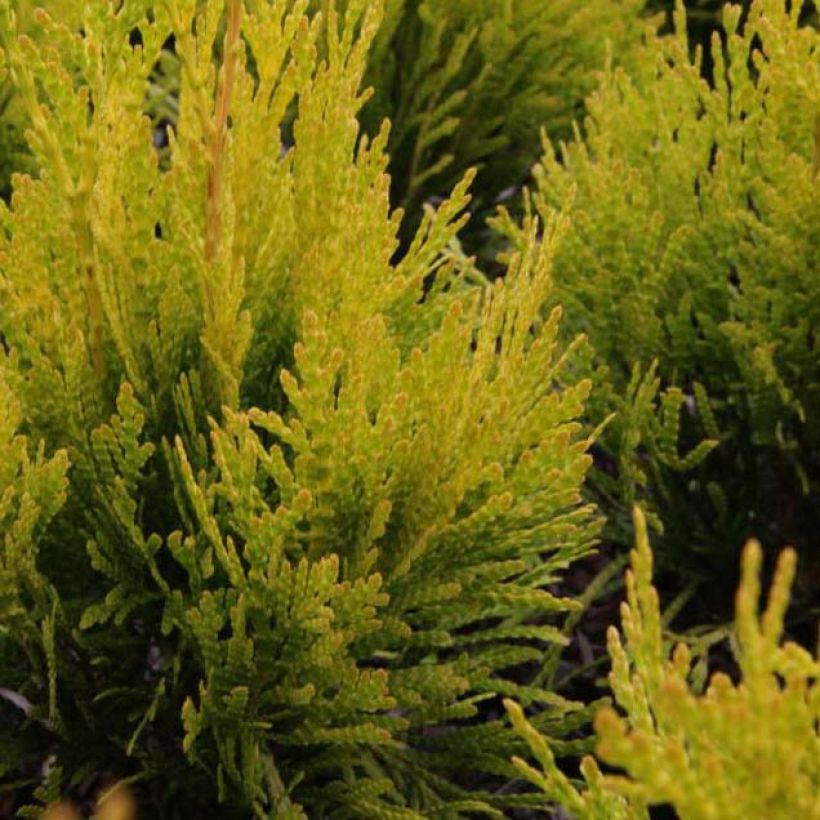

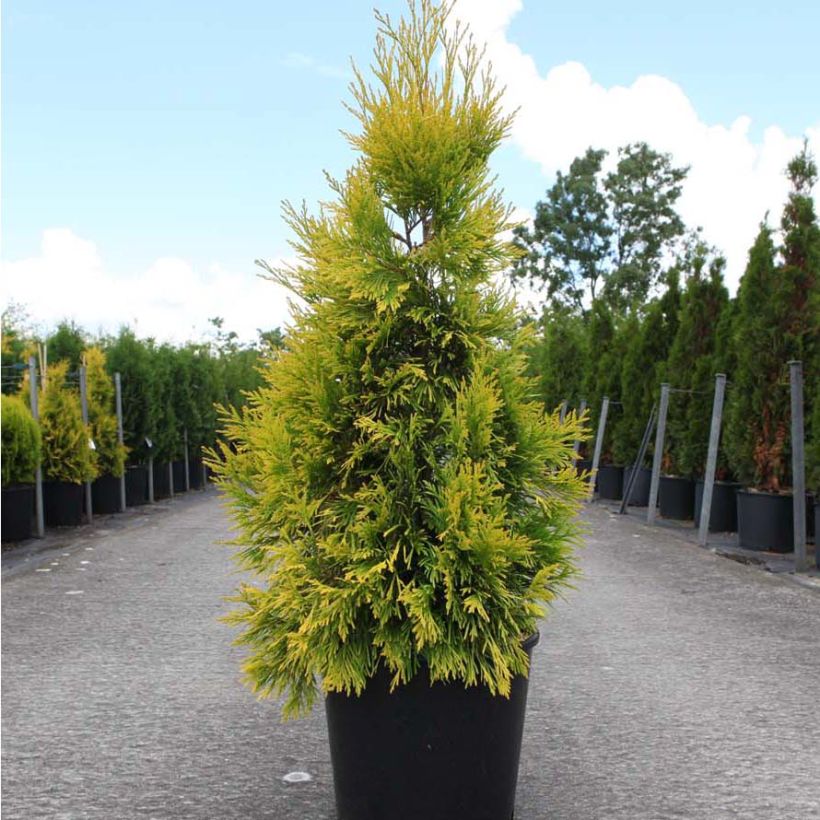

Plant habit
Foliage
Botanical data
Thuja
plicata
4 Ever Goldy®
Cupressaceae
Western Red Cedar, Pacific Red Cedar, Giant Red Cedar
Cultivar or hybrid
Other Evergreen shrubs
View all →Planting and care
The Goldy ('4ever') Thuja plicata should be planted from September to November and from February to June in deep, ordinary, but loose and not too heavy soil, slightly chalky, close to neutrality or even slightly acidic, retaining freshness. This variety tolerates moderate drought once established. It prefers humus-rich soils. It will thrive in a sunny or partially shady position, preferably not scorching. Soak the root balls well before planting. Optionally, add organic amendment to the planting hole and water generously in the first few years, and in case of prolonged drought. In very poor soil, you can apply special conifer fertilizer every year in April and cultivate the soil in summer. This hardy conifer (down to at least -25°C (-13 °F)) does not require pruning.
Planting period
Intended location
Care
Planting & care advice
-
, onOrder confirmed
Reply from on Promesse de fleurs
Haven't found what you were looking for?
Hardiness is the lowest winter temperature a plant can endure without suffering serious damage or even dying. However, hardiness is affected by location (a sheltered area, such as a patio), protection (winter cover) and soil type (hardiness is improved by well-drained soil).

Photo Sharing Terms & Conditions
In order to encourage gardeners to interact and share their experiences, Promesse de fleurs offers various media enabling content to be uploaded onto its Site - in particular via the ‘Photo sharing’ module.
The User agrees to refrain from:
- Posting any content that is illegal, prejudicial, insulting, racist, inciteful to hatred, revisionist, contrary to public decency, that infringes on privacy or on the privacy rights of third parties, in particular the publicity rights of persons and goods, intellectual property rights, or the right to privacy.
- Submitting content on behalf of a third party;
- Impersonate the identity of a third party and/or publish any personal information about a third party;
In general, the User undertakes to refrain from any unethical behaviour.
All Content (in particular text, comments, files, images, photos, videos, creative works, etc.), which may be subject to property or intellectual property rights, image or other private rights, shall remain the property of the User, subject to the limited rights granted by the terms of the licence granted by Promesse de fleurs as stated below. Users are at liberty to publish or not to publish such Content on the Site, notably via the ‘Photo Sharing’ facility, and accept that this Content shall be made public and freely accessible, notably on the Internet.
Users further acknowledge, undertake to have ,and guarantee that they hold all necessary rights and permissions to publish such material on the Site, in particular with regard to the legislation in force pertaining to any privacy, property, intellectual property, image, or contractual rights, or rights of any other nature. By publishing such Content on the Site, Users acknowledge accepting full liability as publishers of the Content within the meaning of the law, and grant Promesse de fleurs, free of charge, an inclusive, worldwide licence for the said Content for the entire duration of its publication, including all reproduction, representation, up/downloading, displaying, performing, transmission, and storage rights.
Users also grant permission for their name to be linked to the Content and accept that this link may not always be made available.
By engaging in posting material, Users consent to their Content becoming automatically accessible on the Internet, in particular on other sites and/or blogs and/or web pages of the Promesse de fleurs site, including in particular social pages and the Promesse de fleurs catalogue.
Users may secure the removal of entrusted content free of charge by issuing a simple request via our contact form.
The flowering period indicated on our website applies to countries and regions located in USDA zone 8 (France, the United Kingdom, Ireland, the Netherlands, etc.)
It will vary according to where you live:
- In zones 9 to 10 (Italy, Spain, Greece, etc.), flowering will occur about 2 to 4 weeks earlier.
- In zones 6 to 7 (Germany, Poland, Slovenia, and lower mountainous regions), flowering will be delayed by 2 to 3 weeks.
- In zone 5 (Central Europe, Scandinavia), blooming will be delayed by 3 to 5 weeks.
In temperate climates, pruning of spring-flowering shrubs (forsythia, spireas, etc.) should be done just after flowering.
Pruning of summer-flowering shrubs (Indian Lilac, Perovskia, etc.) can be done in winter or spring.
In cold regions as well as with frost-sensitive plants, avoid pruning too early when severe frosts may still occur.
The planting period indicated on our website applies to countries and regions located in USDA zone 8 (France, United Kingdom, Ireland, Netherlands).
It will vary according to where you live:
- In Mediterranean zones (Marseille, Madrid, Milan, etc.), autumn and winter are the best planting periods.
- In continental zones (Strasbourg, Munich, Vienna, etc.), delay planting by 2 to 3 weeks in spring and bring it forward by 2 to 4 weeks in autumn.
- In mountainous regions (the Alps, Pyrenees, Carpathians, etc.), it is best to plant in late spring (May-June) or late summer (August-September).
The harvesting period indicated on our website applies to countries and regions in USDA zone 8 (France, England, Ireland, the Netherlands).
In colder areas (Scandinavia, Poland, Austria...) fruit and vegetable harvests are likely to be delayed by 3-4 weeks.
In warmer areas (Italy, Spain, Greece, etc.), harvesting will probably take place earlier, depending on weather conditions.
The sowing periods indicated on our website apply to countries and regions within USDA Zone 8 (France, UK, Ireland, Netherlands).
In colder areas (Scandinavia, Poland, Austria...), delay any outdoor sowing by 3-4 weeks, or sow under glass.
In warmer climes (Italy, Spain, Greece, etc.), bring outdoor sowing forward by a few weeks.






























